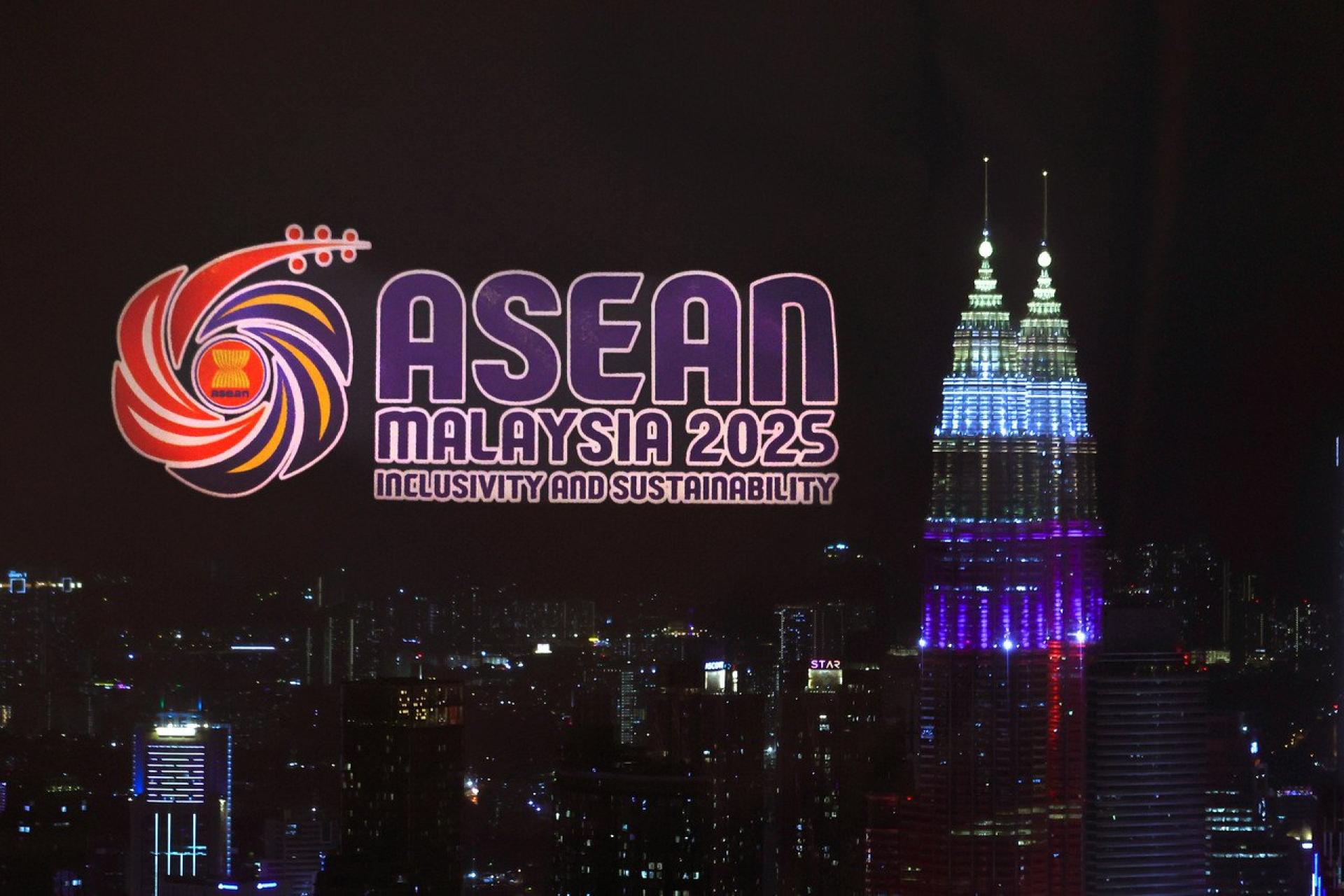An economist has pointed out that currently, intra-ASEAN trade accounts for only about 20% of its total trade volume. This undesirable figure could be doubled through upgrading the global value chain and strengthening regional investment, thereby reshaping the economic landscape of the ten ASEAN countries and marking a qualitative leap in regional integration.
Dr. Hoe Ee Khor, Group Head of Economics at ASEAN+3 Macroeconomic Research Office (AMRO), believes that initiatives such as the ASEAN Trade in Goods Agreement (ATIGA), the Regional Comprehensive Economic Partnership (RCEP), and the upgraded ASEAN-China Free Trade Agreement (ACFTA 3.0) will help raise the share of intra-ASEAN trade to 25%, but that’s still not enough.
"However, if upgrading is successfully achieved through global value chain linkages and enhanced regional investment, this share could approach 40%."
He told Bernama that ASEAN must integrate vigorously into the global value chain, especially with Japan, Korea, and China, in order to enhance domestic capabilities through technology diffusion and productivity growth.
"Secondly, ASEAN needs to promote more intra-regional investment, especially through the internationalization of ASEAN enterprises, to establish new regional production and demand linkages and to deepen existing ones."
Dr. Khor stated that strengthening intra-regional investment and production networks will help ASEAN enhance resilience and reduce reliance on external demand.
In other areas, Dr. Khor noted that the development of regional bond markets, local currency financing, and sustainable finance frameworks are improving capital access channels and promoting cross-border business expansion.
Through surveillance, supporting regional financing arrangements, providing technical assistance, serving as a regional knowledge hub, and fostering financial cooperation, AMRO contributes to ensuring the macroeconomic and financial resilience and stability of the ASEAN+3 region (which includes China, Japan, and South Korea).
